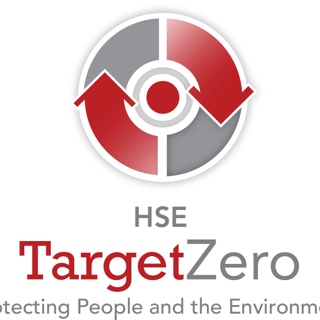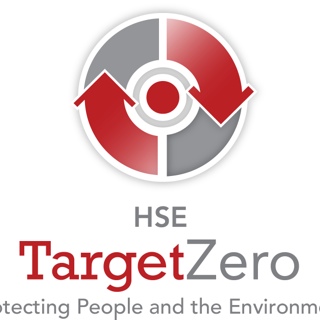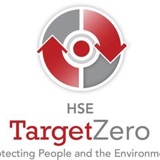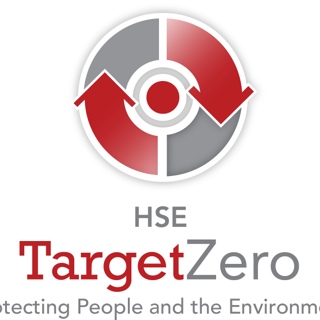Information
-
Project Name
-
Prepared by
-
Title
-
Project Manager
-
Conducted on
-
Add location
A. Safe Work Practices
-
1. Individuals operating cranes and hoists of any type are certified operators
-
2. Cranes have current annual inspection and operations manual with load charts on site
-
3. Swing radius of cranes are guarded and barricaded
-
4. Competent person inspects crane daily
-
5. Pre-lift meetings conducted with all parties involved in crane operations
-
6. Cranes used to lift vertically only
-
7. Adequate distance maintained between cranes parts and overhead power
-
8. Dedicated signal person assigned to signal operator
-
9. Cranes do not swing over live roadways, railways, processes, or occupied buildings
-
10. Critical lifts have written lifting/rigging plan
-
11. No personnel permitted on or under loads lifted by crane. Tag lines used to control load
-
12. Manufacturers specifications and limitations for hoists followed
-
13. Personnel not permitted to ride on material hoists
-
14. Weather conditions considered when lifting operations performed
-
15. All rigging used as intended, inspected, stored, protected and supervised. <br>
-
16. No fabrication, modifications, or additions to rigging made without testing and approval
B. Cranes General
-
17. The competent person inspects all cranes, hoists, and rigging prior to use
-
18. Frequent and periodic inspections have been completed for all cranes to be used
-
19. Crane ropes and hooks have been inspected by an authorized person
-
20. All guards and safety devices installed and equipment removed after maintenance
-
21. A load-rating chart is easily visible to the seated operator
-
22. A designated person has been assigned to signal the operator when visibility is obstructed
-
23. Hand signals to crane operators are those prescribed by ANSI
-
24. All outriggers are deployed and seated
-
25. The tires of truck mounted cranes are off the ground when the outriggers are seated
-
26. Cranes are equipped with load limiting devices and boom angle indicator
-
27. Cabs of cranes have adequate access and kept clean of loose tools, cans, and waste
-
28. Cranes are equipped with a 5 BC or higher fire extinguisher
-
29. All windows in cabs are safety glass that does not interfere with the safe operation
-
30. All machinery operating on rails, tracks, or trolleys has stops/limiting and overspeed devices
-
31. Moving parts on the crane that employees are exposed to are guarded
C. Cranes Positioning
-
32. Cranes operated near live power lines will maintain minimum distance from the lines
-
33. Adequate clearance must be maintained between a crane and obstructions
-
34. The crane is level and blocked properly<br>
-
35. Swing radius of crane has been barricaded to prevent exposure to struck against/crush hazard
-
36. Exhaust pipes are guarded from employee contact
D. Cranes Operation
-
37. Operator tests brakes when load is near rated capacity of lift
-
38. Sheaves are guarded or warning sign provided to identify hazard
-
39. Load or boom not lowered to where less than two full wraps of rope remain on drum
-
40. If two or more cranes are to be used to lift one load, a designated person is responsible for analyzing, instructing, rigging and signaling movement of the load<br>
-
41. Cranes not operated without full amount of ballast or counterweight
-
42. Tag lines are used to control suspended load<br>
-
43. Sudden acceleration or deceleration of load is avoided
-
44. Loads are not to be passed over personnel or facilities
-
45. No personnel are allowed to ride the load
-
46. Suspended loads are not left unattended
-
47. Lines are not allowed to twist around each other
E. Hoists Genearl
-
50. Hoist ropes are installed in accordance with the wire rope manufacturers’ recommendations
-
51. Live booms are not installed on hoists
-
52. Operating rules are posted at the operator’s station of hoists
-
53. No person will ride on material hoists except for inspection and maintenance
-
54. All entrances of the hoistways are protected by substantial gates or bars
-
55. Overhead protective coverings are provided on the top of every material host cage or platform
-
56. All hoistway entrance bars and gates are painted with diagonal contrasting colors
-
48. Manufacturer’s specifications and limitations are followed
-
49. Load capacities, operating speeds, and special warnings or instructions are posted on hoists<br>
F. Rigging General
-
63. All hooks used according to manufacturer’s recommendations or tested to twice SWL <br>
-
64. Special rigging and hoisting devices are marked and proof tested prior to initial use <br>
-
57. The rigging equipment is not used in excess of the rated capacity of the weakest component
-
58. The rigging competent person has inspected all rigging equipment prior to use on each shift and as necessary during its use<br>
-
59. Documentation of proof testing is available for rigging equipment that has been repaired
-
60. Rigging equipment has not been shortened with knots, bolts or other makeshift devices
-
61. Rigging equipment, when not in use, is removed from the work area
-
62. Rigging equipment has been load tested annually by a competent person and documented
G. Rigging Equipment
-
65. Protruding end strands of wire rope have been covered or blunted
-
66. Wire rope not used if the rope shows any sign of excessive wear, corrosion, or defect
-
67. No wire rope slings are used if more than one wire in a lay is broken in the end fitting
-
68. Splices in rope slings are made in accordance with manufacturer’s and regulatory specs
-
69. Synthetic web slings removed from service if showing any sign of damage
-
70. No job hooks, links, or makeshift fasteners, formed from bolts, rods, etc., are used (Hooks must be safety latched or moused to prevent dislodgment of the load <br>
-
71. Alloy steel chains have identification stating size, grade, rated capacity and reach
-
72. Manual coupling links or low carbon repair links not used to repair broken lengths of chain
-
73. Shackles and hooks are constructed of forged alloy steel with the identifiable load rating
H. Rigging Use
-
74. Rigging not pulled from under a resting load
-
75. Sling(s) is placed in center bowl of hook.
-
76. Sharp edges are “packed” to prevent cutting or damaging the rope or slings
-
77. Nylon, polyester, polypropylene web slings or web slings with aluminum fittings will not be used where fumes, vapors, sprays, mists or liquids of acids, caustics or phenolics are present<br>
-
78. Natural or synthetic fiber rope slings used within acceptable operating temperature
-
79. U-bolts used to form wire rope eyes are of proper amount and spacing
-
80. U-bolts are installed so that the “U” section is in contact with the dead end of the rope
-
81. When more than one sling is used, or the sling angle is altered, the load has been calculated to assure that the safe working load is not exceeded.
Corrective Action Taken
-
Corrective actions & dates corrected
-
Signature

















